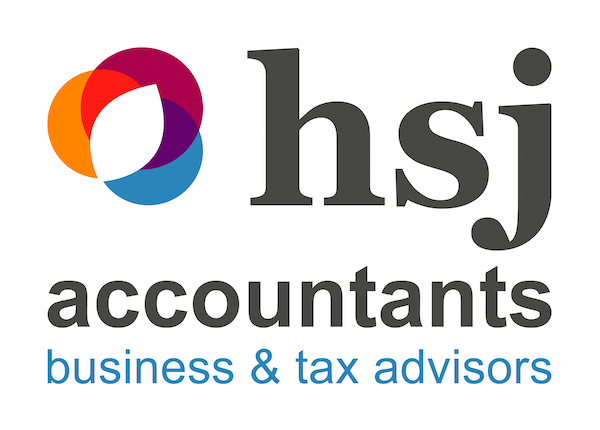Business owners and financial planners alike were surprised when the chancellor announced changes to the taxation of dividends in his Summer Budget statement.
Increasing tax rates, an end to the dividend tax credit and a new £5,000 tax-free allowance represent a seismic shift in the taxation of dividends – an area that has remained largely unchanged for decades.
The current dividend system
Originally meant to prevent double-taxation in times of higher corporation tax, dividends prevented the tax system from unfairly penalising directors/shareholders.
However, declining rates of corporation tax and an unchanged dividend system led to an increase in business owners using dividends as a means to extract profits at a lower tax rate.
Under the present system, people taking dividends benefit from a notional 10% dividend tax credit. This effectively removes all tax for basic rate taxpayers because dividends are taxed at 10% for basic rate taxpayers.
Taking the 10% tax credit into account, higher rate taxpayers currently pay 25% tax on dividends while those in the additional rate band are charged a higher 30.56% rate.
The new system
However, all this will change in April of this year when the government introduces its new system of dividend taxation.
From April 2016:
- the 10% dividend tax credit will be abolished
- a new £5,000 zero-rate band will be introduced on all dividend income
- all dividend income exceeding the zero-rate band will be taxed according to the individual’s marginal rate
- all dividend tax owed will be paid for through self-assessment and won’t be deducted at source.
The rates at which dividends are taxed will also increase from April 2016:
- basic rate taxpayers: 7.5%
- higher rate taxpayers: 32.5%
- additional rate taxpayers: 38.1%
For further information regarding these changes please click here.


